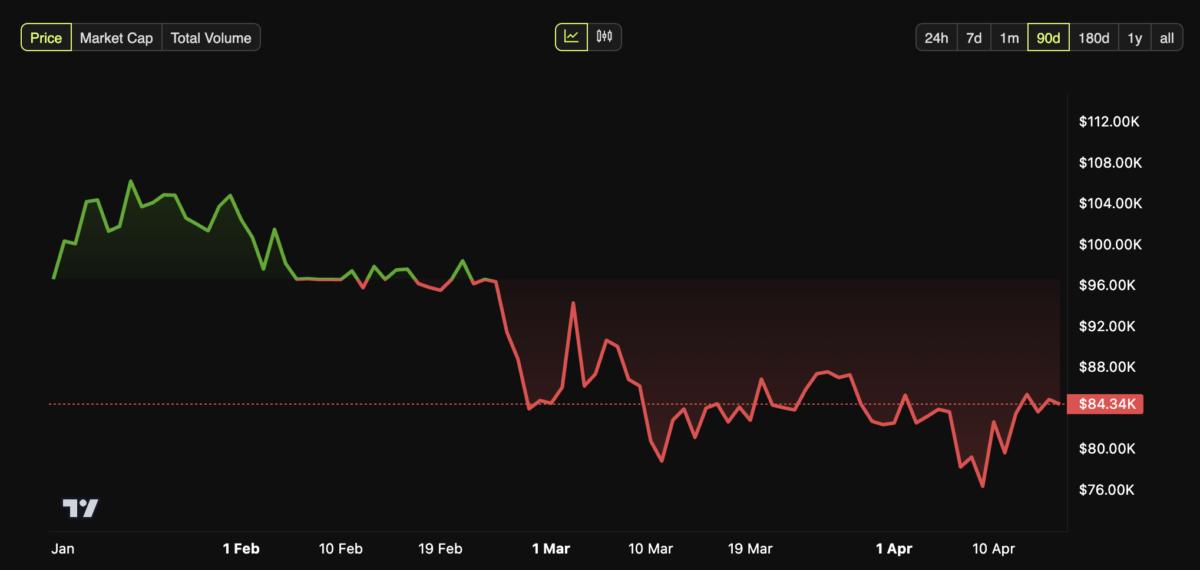Top Strategies and Risks in Cryptocurrency Investing

As an Amazon Associate, Royal-Casino-News.com earn from qualifying purchases. When you click on links to various merchants on this channel and make a purchase, this can result in this channel earning commissions.
Mastering the Art of Crypto Investment: Essential Strategies and Key Risks
Cryptocurrency investing offers exciting opportunities but comes with significant risks. To navigate this volatile market, investors should adopt effective strategies like dollar-cost averaging, diversification, long-term holding, and frequent trading. Being aware of market volatility, regulatory uncertainties, and security risks is crucial for making informed decisions.
For those new to cryptocurrency investing, The Only Bitcoin Investing Book You’ll Ever Need: An Absolute Beginner’s Guide to the Cryptocurrency is an excellent resource to get started.
Key Investment Strategies
1. Dollar-Cost Averaging (DCA)
Dollar-cost averaging involves investing a fixed amount of money at regular intervals, regardless of the asset’s price. This strategy helps mitigate the impact of market volatility by spreading out investments over time. For example, instead of investing $1,200 in Bitcoin all at once, you could invest $100 monthly. This approach reduces the risk of entering the market at a peak and helps build a position gradually.
To understand more about DCA, consider reading ‘The Bitcoin Standard’ by Saifedean Ammous.
2. Diversification
Diversification involves spreading investments across various cryptocurrencies to reduce risk. Investing in multiple assets like Bitcoin, Ethereum, and promising altcoins can protect your portfolio from significant losses if one asset underperforms. Diversification is a fundamental principle in investment, helping to balance potential returns with risk management.
3. Long-Term Holding (HODLing)
HODLing refers to holding onto your cryptocurrency investments for an extended period, regardless of market fluctuations. This strategy is based on the belief that the value of cryptocurrencies will increase over time. Historical data supports this approach, as long-term holders of Bitcoin and Ethereum have seen substantial returns despite short-term volatility.
Secure your long-term investments with a Ledger Nano X Crypto Hardware Wallet.
4. Frequent Trading
Frequent trading involves buying and selling cryptocurrencies to profit from market fluctuations. This strategy requires a deep understanding of market trends, technical analysis, and timely decision-making. While it can be profitable, frequent trading also comes with higher risks and potential for significant losses if not executed carefully.
Improve your trading skills with this book: Tradingview Guide: Free unlimited indicators, tutorial to save you a subscription
Recognizing Key Risks
1. Market Volatility
Cryptocurrencies are known for their extreme price swings. Prices can fluctuate wildly within short periods, leading to potential losses. Investors should be prepared for high volatility and consider it when planning their investment strategy.
Manage market volatility better with insights from : The Only Technical Analysis Book You Will Ever Need
2. Regulatory Uncertainties
The regulatory environment for cryptocurrencies is constantly evolving. Governments worldwide are grappling with how to regulate digital assets, leading to uncertainties that can impact the market. Regulatory changes can affect the legality, taxation, and acceptance of cryptocurrencies, making it essential to stay informed about regulatory developments.
Stay informed about regulatory changes with ‘Mastering Bitcoin’ by Andreas M. Antonopoulos.
3. Security Risks
The digital nature of cryptocurrencies makes them vulnerable to hacking and fraud. Investors must take precautions such as using secure wallets, enabling two-factor authentication, and being cautious of phishing scams. Security breaches can result in significant financial losses, underscoring the importance of robust security measures.
Protect your assets from hacks with a Trezor Model T hardware wallet.
Conclusion
Cryptocurrency investing can be highly rewarding, but it requires a strategic approach and awareness of inherent risks. By implementing strategies like dollar-cost averaging, diversification, long-term holding, and frequent trading, investors can navigate the volatile market more effectively. Staying informed about market volatility, regulatory changes, and security threats is crucial for safeguarding investments and achieving long-term success.
By following these guidelines and remaining vigilant, investors can enhance their chances of success in the dynamic world of cryptocurrency investing.







